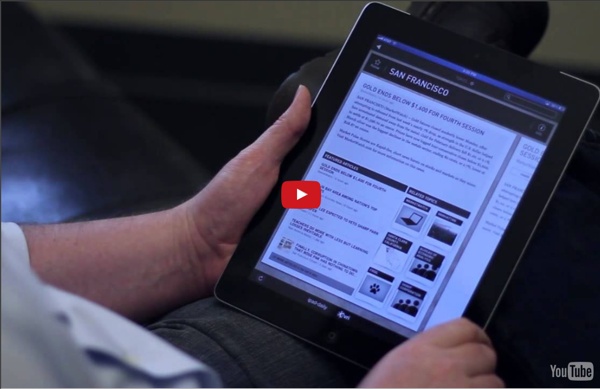



There’s Life Left In Delicious Yet For a long time, the web-based social bookmarking service Delicious was a poster child for the Web 2.0 movement. It was open, collaborative and full of the tags and user-generated content that made VCs instinctively open up their checkbooks at the time. It’s been 10 years, since the service opened to the public – then still running on the del.icio.us domain – and while it’s changed owners a few times since, it’s still up and running and its original concept hasn’t changed all that much. But the site did give itself a fresh new design for its 10th birthday, so it’s worth taking another look. Yahoo famously acquired Delicious back in 2005, two years after it was founded, and then let it linger for years. Delicious had long stopped being a hip product, users weren’t all that interested in taxonomies, folksonomies and all those other buzzwords anymore, and it felt like its shot at mainstream appeal and new growth was long behind it. Yahoo, however, didn’t close Delicious.
instaGrok: Mindmap Style Scrapbook To Share Spicynodes Muzio’s beautiful iOS app makes it easier than ever to curate & share memories What's next in mobile? Find out at MobileBeat, VentureBeat's 7th annual event on the future of mobile, on July 8-9 in San Francisco. Register now and save $400! Tons of apps let you share photos and videos. Heck, just this week, Facebook-owned Instagram added video sharing, and it’s already popular. But what if you want to easily share a set of photos, videos, audio, and text in a single album? Muzio was founded and launched by Reshma Chattaram Chamberlin and Elizabeth Buchanan (both pictured above), two designers who own B&C, a small boutique design firm. So Buchanan and Chamberlin built an app on top of Amazon Web Services that would make it easy to share an experience like that with photos, videos, audio, and text all in a single place. Muzio isn’t trying to be yet another social network — it’s a tool for compiling media and sharing it on social networks (Facebook, Twitter, Pinterest, or Google+) and over email. Check out more photos of the Muzio iPhone app below. Photos via Muzio
graphl Overview Graphl1 is a tool for collaborative editing and visualisation of graphs, representing relationships between resources or concepts of the real world. Graphl may be thought of as a visual wiki, a place where everybody can contribute to a shared repository of knowledge. Graphl builds upon RDF (the Resource Description Format), a standard for expressing the relationships of resources. Graphl requires a recent verison of the Java Plug-in to be installed on your computer. View and edit existing Graphl graphs View a graph existing on the net Simply copy the URL of an existing RDF file in the input field below to view it in Graphl: Or you can upload a local file from your computer to visualize it in Graphl: Create your own graph coming soon! Click here to create a new graph from scratch. Download Graphl For offline use, Graphl can be downloaded in binary form or source code. Developers interested in graphl should visit the Sourceforge Project Page for CVS access, forums and mailinglists.
9 lessons about the web and business from Pearltrees, the or Pearltrees is a French startup that wants to change the way we organise the web. Describing how it works would lead you to believe that it’s another social bookmarking site, which would do them injustice. Most of the social bookmarks are organized either alphabetically or chronologically, which doesn’t do much good when you try to retrieve stuff later. This idea of velocity is not what Pearltrees is about – on the contrary, it’s a tool that helps you keep an eye on context and history in the endless stream of blogs, tweets and Facebook posts. It sounds unspectacular, but there’s something quite pleasant about adding a “pearl” and knowing that you can find that one blog post about a media deal between CNN and BuzzFeed from a few months back with a few clicks. (I can hear you think that you “don’t like to click”, but that would be missing the point. So there’s the genius of Pearltrees: the not getting lost while searching for stuff on the internet. 1. 2. 3. But back to Pearltrees. 4. 5. 6.
Mind42: Free online mind mapping software Curation in the Age of Abundance “A curator is an information chemist. He or she mix atoms together in a way to build an info-molecule. Then adds value to that molecule.” – Scoble One of some buzzwords from SXSWEDU 2012 is “educators as curators”. In this age of information abundance, curation is to leaverage this abundance effectively, we think there are many purposes of curation, here are some situations: - collecting relevant resources or tools for later use, from infinite abundance (sometimes you can’t find a link anymore after leaving it) - organizing texts and resources for learning, educational courses offering is the typical case, while well-crafted curation led by teachers could be valuable, but without having students becoming part of the curating process, the most important part is missed - investigation around an event or a topic/question, with or without personal narratives, most of time we digest and abstract from the information to gain meaningful answers